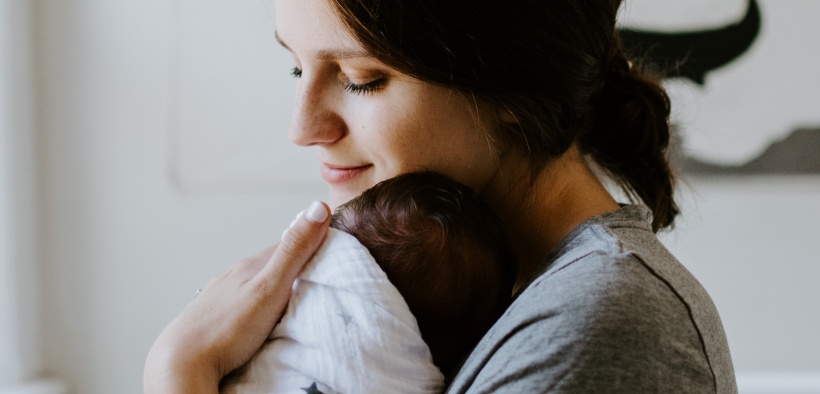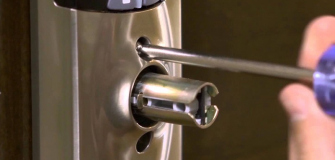5 Ways Your Body Changes After Pregnancy
Share

Childbirth is a transformative experience, leaving lasting impacts on your life and body. Here are five common bodily changes you may experience after pregnancy and ways you can effectively treat them:
1) Afterbirth Pains
Giving birth is a physically taxing process, so it’s normal to feel some residual aches and pains in the days following delivery. Comparable to menstrual cramps, you may experience involution (afterbirth pains) as your uterus shrinks back to its regular size. These cramps tend to be mild for first-time mothers, but typically become more uncomfortable with each successive delivery.
To help remedy these pains, try putting a therapeutic heating pad on your lower abdomen or taking an OTC medication, such as ibuprofen or acetaminophen. If conditions don’t subside after a week postpartum, be sure to contact your doctor as this could indicate more serious health complications.
2) Hair Loss
It’s not uncommon for women to experience hair loss after pregnancy from hormonal fluctuations. During pregnancy, the body experiences a spike in estrogen and progesterone levels, which promotes a thicker, fuller head of hair. In the six months following childbirth, hormones begin to level out, leading to more shedding than normal.
This type of hair loss is often temporary, but it still may take some time for your hair to return to its normal state. To help prevent shedding and promote faster regrowth, be sure to eat a balanced diet full of foods that promote hair growth and use hair products targeted to restore growth. If you find that conditions aren’t improving, there’s a chance there may be other health issues at play. In these instances, you should speak to your dermatologist about stronger treatment options, such as laser therapy or prescribed medications.
3) Stretch Marks
Stretch marks are essentially scars that develop when your skin stretches and your body grows to accommodate your baby. This causes the skin’s fibers to tear, resulting in thin indentations around your breasts, thighs, stomach, hips, and buttocks. They are extremely common during pregnancy as up to 90% of expectant mothers develop stretch marks, so you’re not alone if you notice them developing.
While there is no way to completely get rid of stretch marks, there are topical treatments that are effective at reducing their appearance after pregnancy. If you’re concerned about the appearance of stretch marks, try using a stretch mark repair cream to help reduce indentation and redness. There are also at-home stretch mark treatments you can make with common kitchen ingredients to improve their appearance.
4) Melasma
During pregnancy, you may notice blotchy patches of discolored skin developing around your forehead, cheeks, and lips. Commonly referred to as ‘mask of pregnancy’, melasma (hyperpigmentation) impacts between 50 and 70 percent of expectant mothers as they undergo hormonal changes throughout their pregnancies.
While this condition may improve naturally postpartum, it’s still smart to wear sunscreen since the sun can worsen conditions. It’s important to choose the right sunscreen to cover your melasma so you know you’re properly shielded from UV rays. For optimal protection, look for a physical sunscreen that contains zinc oxide, and avoid the active ingredient oxybenzone as it can cause hormone imbalance.
5) Incontinence
During pregnancy, sudden hormonal changes and the extra weight of your unborn baby may cause temporary incontinence or loss of bladder control. You may also experience incontinence after vaginal delivery since childbirth can weaken the pelvic floor muscles and cause an overactive bladder. These issues may be especially noticeable when you laugh, cough, or sneeze, as these put additional stress on your bladder.
Incontinence during and after pregnancy is not uncommon, but it can be embarrassing. It may take up to six months for some women to regain complete control of their bladder. However, there are a few ways you can address and improve your condition. An easy way to help prevent bladder control problems is by practicing kegel exercises to strengthen your pelvic floor muscles during and after pregnancy. You can also wear light incontinence protection to prevent leaks and neutralize odors.
Following childbirth, your life will change in many ways, as will your body. With the right supplies and knowledge, new moms can bounce back to their normal health in no time.









